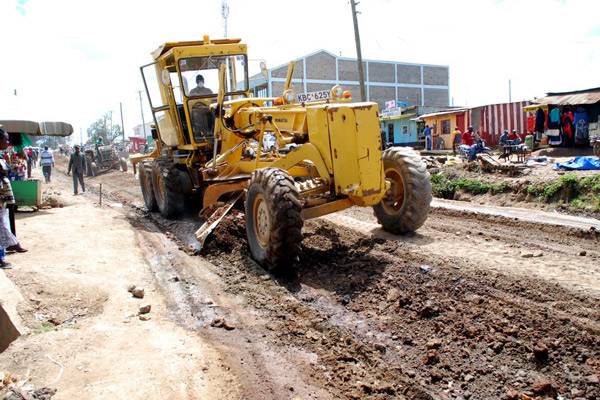In the last few years, the narrative of China as the builder and funder of major infrastructural projects in the region has become inescapable.
However, a report from audit firm Deloitte and Touche indicates that the Asian dragon is yet to overtake East Africa’s traditional development partners in funding and building construction projects in the region.
After analysing a sample of 94 construction projects in East Africa valued at a minimum Sh4.3 billion ($50 million) each, Deloitte’s data shows that international Development Finance Institutions (DFIs) are the biggest financiers ahead of China whose ‘no strings attached’ money has become an attractive option for developing states.
European countries, the United States and African DFIs also fund a bulk of projects in the region.
According to the data, construction projects worth at least Sh5.9 trillion ($67.7 billion) are in the offing in East Africa. Cumulatively, construction projects valued at Sh19.29 trillion ($222.76 billion) are underway across the continent — 38 per cent in the southern African states and 29 per cent in East Africa.
“East Africa is turning the heads of investors, construction firms and multi-national corporations,” reports Deloitte.
In Deloitte’s categorisation, East Africa includes Uganda, Rwanda, Burundi, South Sudan, Sudan, Eritrea, Djibouti, Somalia, Kenya, Tanzania, Mauritius, the Comoros and the Seychelles.
Within this region, the report indicates that international DFIs fund 24 per cent of construction projects while African DFIs fund 11 per cent. China is single-handedly funding 17 per cent of the projects.
In the execution of these projects, European and American contractors account for a dominant 37 per cent while Chinese firms build 19 per cent of projects.
The trend is replicated in other regions of Africa Deloitte studied. In southern, West and North Africa, the Chinese do not make it to the list of top three financiers of projects.
These findings correlate with Central Bank of Kenya statistics on Kenya’s top creditors. According to the bank, China was Kenya’s fifth largest creditor in August 2013, with the World Bank, Japan, the African Development Bank and the International Monetary Fund topping the list.
“Our analysis of Kenya’s budget indicates that the financial support that Kenya receives from China is still nowhere near the support we are getting from the traditional partners,” said Institute of Economic Affairs chief executive, Kwame Owino.
However, he did add that China is rapidly catching up. As of August last year, China had not made it to the CBK’s list of Kenya’s top 13 creditors. But in just one year, loans extended by China to Kenya have seen it leapfrog to fifth position.
A rapid expansion of Africa’s middle class and robust economic growth, Deloitte notes, are raising the need for expansion of infrastructure in sectors from transport and energy to real estate and education.
Construction in the transport sector in East Africa, according to the report, accounts for about 42 per cent of investments.
STANDARD RAILWAY GAUGE
Kenya has undertaken one of the big ticket items in the sector with the planned construction of the Sh1.2 trillion standard gauge railway that will link Kenya, Uganda, Rwanda South Sudan and Burundi. Tanzania’s Bagamoyo Port, however, is the project attracting the most funding in the segment.
The Chinese have been involved in the funding and construction of some of these regional high-profile projects.
Eighty-five per cent of the funding needed to build Kenya’s section of the standard gauge railway will come from the Chinese government, while a firm from the same country has been, controversially, awarded a tender to execute the project.
Thika super highway, although funded by the African Development Bank and the government of Kenya, was executed by Chinese firms. Beyond transport, the Chinese have also lent support in the construction of Ethiopia’s massive Grand Renaissance Dam.
“It is not in doubt that the Chinese are increasing their investments. However, involvement in these high profile projects has helped hype and create a certain perception of their investments in East Africa,” said Mr Owino.
Although the construction sector in East Africa is driven by transport projects, Deloitte reckons that the nascent oil and gas sector might be the key source for growth in the future. Kenya, Uganda and Tanzania have all found oil over the last few years.
“The development of the oil and gas industry will provide a major stimulus to local economies, and will require extensive upgrading of existing infrastructure,” reads the Deloitte report that warns that governments must maintain the momentum in infrastructure if they hope to avoid hiccups in regional socio-economic growth.-nation.co.ke










